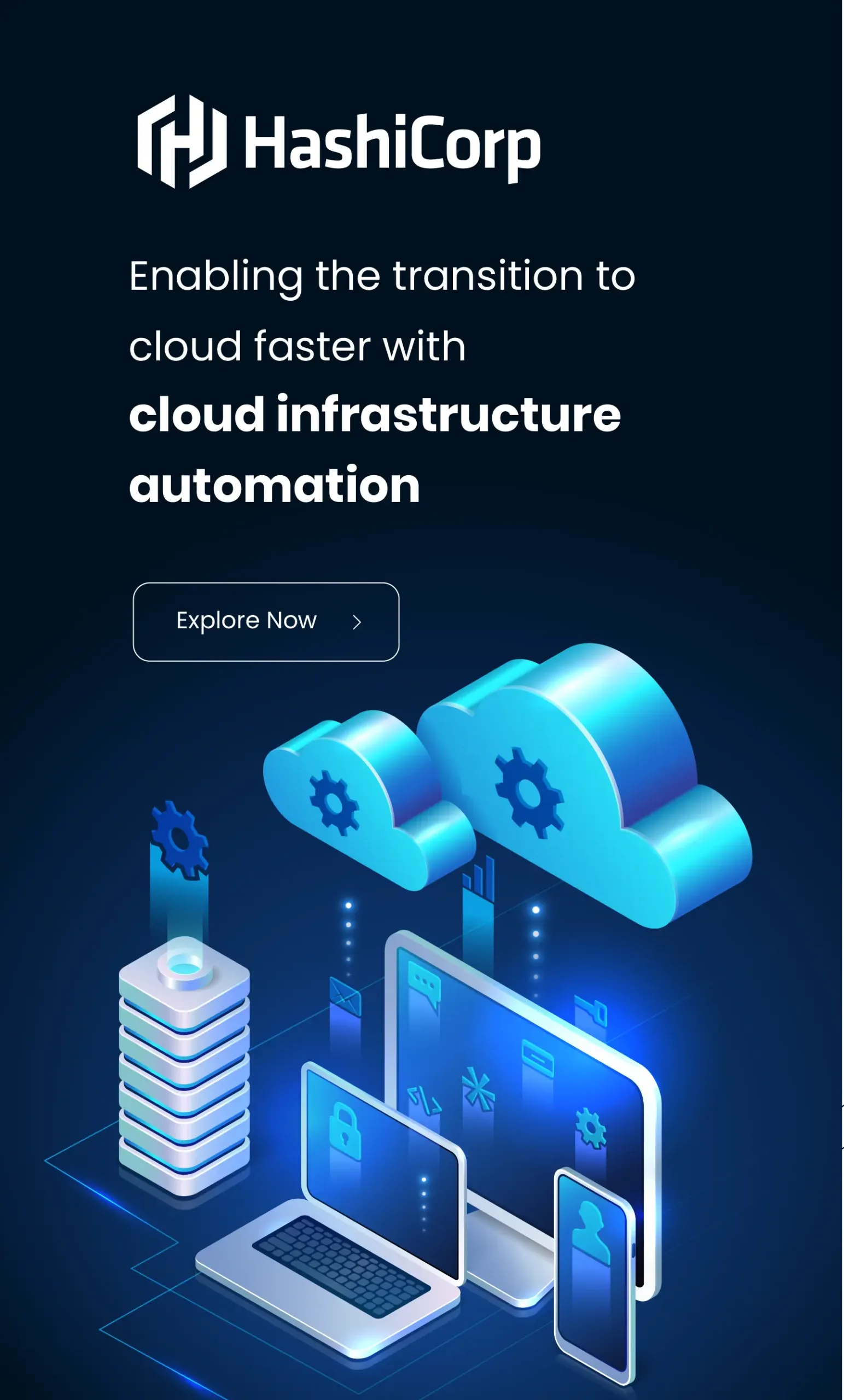Blog and News

Network Modernization: Enhancing Connectivity & Performance
Our world is changing fast, especially in terms of the digital world. To keep up with these changes, various businesses need strong and fast networks to stay competitive in delivering their services rapidly to their customers. The outdated network infrastructure will only slow down business operations and struggle to support the growing business demands. This is where network modernization strategy comes in to make networks faster, stronger, and better and handle huge amounts of data every day.
Network modernization is an approach to ensure businesses can use the latest technology without their old networks holding them back. Let’s explore network modernization, benefits, challenges, and best practices to implement it.
What is Network Modernization?
Network modernization is a process to upgrade existing network infrastructures to meet modern technological demands. Network modernization uses modern technologies like virtualization, cloud computing, multi-cloud connectivity, and software-defined networking (SDN) to upgrade and optimize network infrastructure. This process is undertaken through a network modernization project, which aims to integrate advanced technologies that will significantly improve the overall network’s functionality and efficiency. It addresses challenges from outdated systems while improving security, scalability, and performance. A key aspect is network performance optimization, which ensures reliability and reduces latency.
What are the Core Components of Network Modernization?
Core components in network modernization include both hardware and software components that work together to enhance the overall network’s performance. Here are some of the core elements in modernizing the network process:
- Routers and Switches: As fundamental hardware components, routers direct data traffic between different networks, while switches connect devices within the same network, facilitating efficient communication and data transfer.
- Software-defined networking (SDN): This technology decouples network functions from hardware, allowing for greater flexibility. It enables centralized management and automation of network resources to improve agility and reduce operational costs.
- Network Function Virtualization: It separates network services from hardware, allowing applications to be delivered on demand without dedicated hardware for each function.
- Wireless Access Points (APs): Essential for wireless networks, APs enable communication between wireless devices and the wired network infrastructure. They broadcast signals and manage data transmission to and from connected devices.
What are the Key Benefits of Network Modernization?
The process of modernizing network infrastructure offers various benefits that significantly enhance businesses’ performance, agility, and security. Here are the primary benefits:
Cost Efficiency
Modernizing the network helps businesses optimize workflows, which will lead to significant reductions in operational costs. By utilizing technologies like virtualization and automation, businesses can also improve resource utilization and minimize the need for expensive hardware. Modern networks also require fewer resources for management, allowing companies to save time and reduce operational expenses.
Enhanced Resilience and Reliability
Modern networks are typically designed to be more resilient than legacy systems. This will minimize downtime and the risk of lost productivity due to outages. This reliability and resilience are crucial for maintaining business operations and service availability at all times.
Improved Operational Efficiency
By adopting automation technologies in modernizing network infrastructure, businesses can reduce the manual tasks associated with network management. It not only decreases the possibility of human error but also allows the IT team to focus on strategic initiatives rather than routine maintenance.
What are the Challenges in Implementing Network Modernization?
Along with its benefits, implementing network modernization is not without challenges. Here are some challenges businesses may encounter when modernizing their network:
Resistance to Change
Businesses often encounter internal resistance when attempting to modernize their network infrastructure. Employees may be uncertain about new roles and processes that come with the network modernization, leading to reluctance in adopting the changes.
Budget Constraints
Budget constraints pose a critical challenge in implementing network modernization. Businesses must carefully analyze costs related to upgrading infrastructure and consider strategies such as phased implementation to spread out expenses. The need for cost optimization can lead to trade-offs between high-performance solutions and more affordable options.
Technical Complexity
Modernizing networks involves integrating new technologies with existing systems, which can be technically complex. Challenges include ensuring compatibility, managing multiple vendors, and orchestrating various solutions effectively. It is crucial to develop robust management tools or partner with experienced providers to navigate this challenge.
Best Practices in Implementing Network Modernization
To successfully implement network modernization, businesses should adopt a strategic and phased approach that includes assessment, planning, technology adoption, and stakeholder engagement. Here are several best practices to consider:
Comprehensive Assessment
Before starting the network modernization process, begin with evaluating existing hardware, software, licenses, and support coverage. Identify strengths and weaknesses to understand what needs improvement and what can be retained. Recognize outdated hardware or software that may hinder performance and pinpoint bottlenecks that require upgrades.
Develop a Modernization Roadmap
Next, outline the modernization roadmap, including timelines, budgets, and resource allocation. This roadmap should prioritize critical areas that align with business goals. Break the modernization process into manageable steps to minimize disruptions. Focus on high-impact areas to deliver immediate value while gradually upgrading the entire network.
Leverage Modern Technologies
Modernizing the network involves adopting modern technologies into the existing network infrastructure. Technologies such as software-defined networking (SDN) and network functions virtualization (NFV) facilitate dynamic provisioning and management of network resources, allowing for quicker responses to changing business needs. Consider using cloud-based solutions to improve scalability and flexibility.
Engage Stakeholders
Involve all key stakeholders across the business early in the modernization process. Understanding stakeholders’ needs will help address concerns and ensure that the modernization strategy supports overall business objectives. This step is also essential to minimize potential internal resistance to the modernization strategy.
Training and Change Management
Provide advanced training for IT personnel to manage new technologies implemented in the network modernization effectively. Ensure that end-users are also educated on changes to minimize disruptions during the transition.
Build a Future-Ready IT Infrastructure with PhinCon’s IT Outsourcing Talent Pool
Network modernization is a crucial step for businesses to expand and remain competitive in today’s digital world. However, having the right IT professional is essential to ensure the success of this modernization strategy. For foreign companies expanding to Indonesia or looking for remote talents, PhinCon Pte Ltd offers a reliable, trusted, and cost-effective solution through our comprehensive IT outsourcing service.
With our extensive talent pool, we provide access to Indonesia’s IT professionals across various roles and levels, ensuring your business has the right expertise to drive innovation and growth like network modernization. We provide IT experts of various roles, including Android Developer, iOS Developer, Fullstack Developer, Golang Developer, Mobile Developer, Quality Assurance, DevOps, Business Analyst, Solution Architect, Project Manager, and L2 Operation Support. Our IT outsourcing services also cover everything from BPO solutions and IT talent acquisition services, allowing you to scale your operations efficiently while we handle administrative complexities like payroll, benefits, and tax administration.
By leveraging PhinCon’s established infrastructure and skilled workforce in Indonesia, you will gain a strategic advantage in building a future-ready IT environment. Contact us today through email at sales.sg@phincon.com to modernize your network and achieve seamless business operations.
Editor: Irnadia Fardila
Popular Posts





